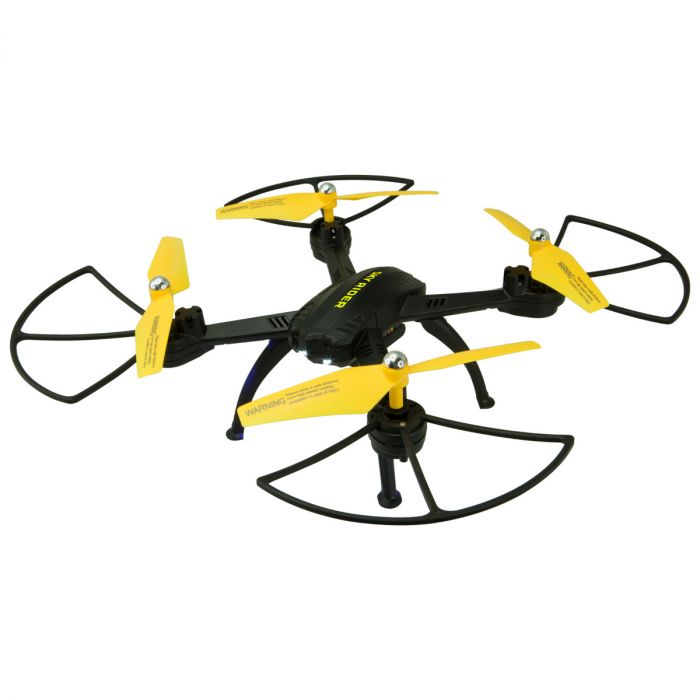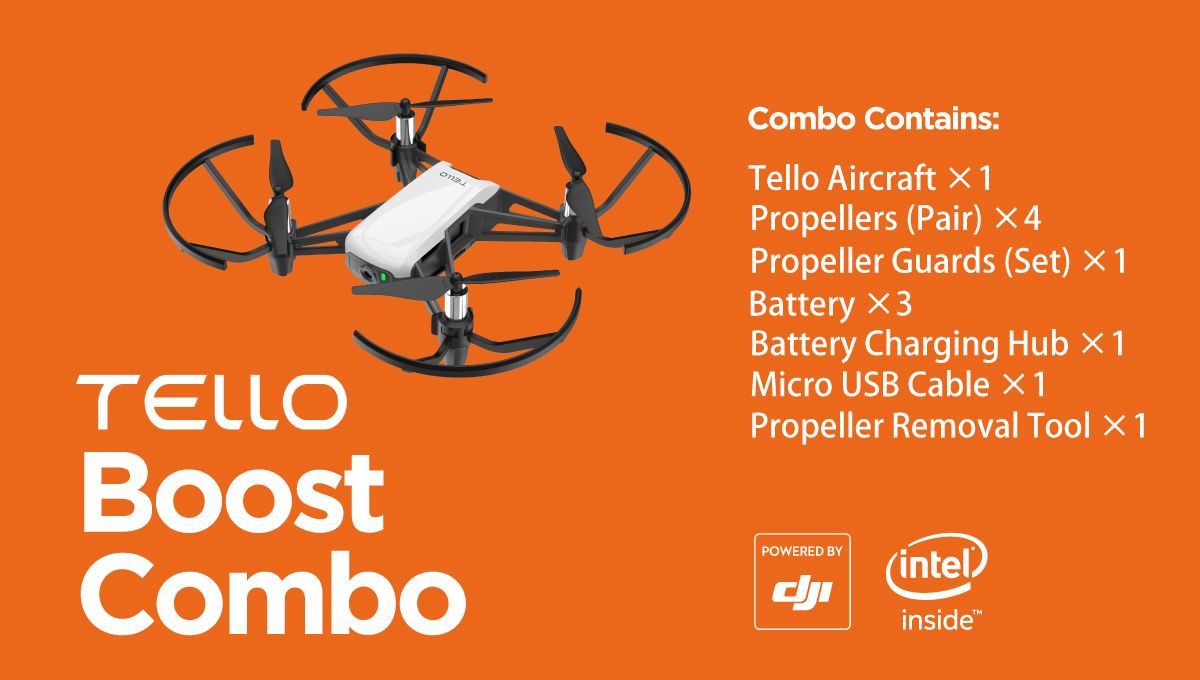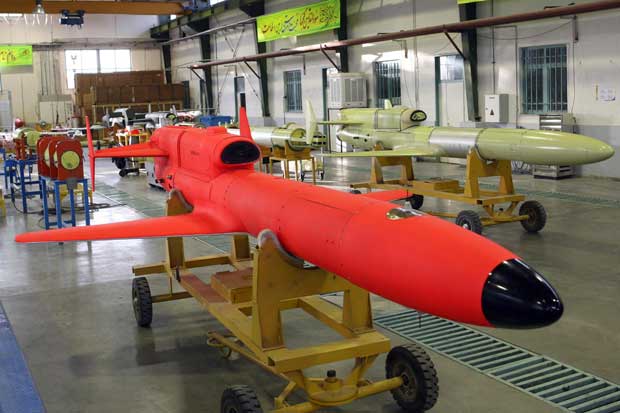
Unmanned aerial vehicles are used to optimize crop yields and crop monitoring. These drones have many applications in agriculture, from evaluating crop growth and development to helping determine weed control. Continue reading to learn more about these innovative technologies. You may be amazed at how much money they save. These items could even help you make money. Let's see what happens! Let's look at the pros and cons of drones in agriculture.
Agricultural drones
Drones in agriculture are an exciting new way to conduct agricultural research. They can be costly. There are some advantages of professional-grade drones, such as automated flight options and near-infrared cameras. These drones require special software that can be used to post-process data and plan surveys. They are not affordable for casual users. This article will cover some of their advantages. In this article, you will learn how drone technology has been used in agriculture.
Applications
Drones can be used to monitor soil conditions, identify weeds and assess crop yield. Drones provide precise mapping information to farmers and can also provide information about the soil elevations. This can help in planning irrigation. They can also give vital information about soil nitrogen levels, which can aid farmers in optimizing their fertilizer usage. By providing precise data on crop health and yield, drones can save farmers time, money, and effort.

Costs
The cost of using drones in agriculture is a major concern. Drones cost less than other agricultural tools and are therefore much more affordable. They require less maintenance than other agricultural tools. A spraying helicopter will cost you around $1500, while a commercial one can cost up to $20,000 Others may have to pay extra for spare batteries and parts.
Challenges
Farmers can rely on many factors to improve their crop health and increase yields. A growing collection of information will help farmers adapt to changing conditions and make their decisions with greater precision. Although drones have many advantages for farmers they also present a number of challenges. Many countries are yet to finalize drone regulations. Most countries lack the personnel required to oversee drone use in agriculture. Drones are becoming more accessible and there will be many exciting agricultural applications in the coming years.
Future
Drones in agriculture have many benefits. They can provide more precise pesticide- and fungicide applications. Full-spectrum drones have the ability to detect soil magnesium or ammonia. These substances can cause damage to crops. By clipping on new sensors to existing drones, growers can customize the technology to their needs. Drones can also be a great help in hard-to-reach areas. By using drones for precision farming, growers can avoid costly crop failures and increase yields while minimizing production time.

FAQ
What is the law on drones flying over private property?
Recently, the FAA released new rules for commercial drone operations. These rules apply only to UAVs weighing less than 55 pounds and flying below 400 feet above ground level. Commercial operators will need to register with FAA and get a license from agency. Local authorities must also approve them if they are operating near airports or in other restricted areas.
Can I fly my drone indoors without a license?
You can fly your drone indoors. Your home should be free from obstacles and hazards. Avoid flying near heating vents, heating vents and air conditioning units.
Is it possible to spy on someone with a drone?
A drone can be used to spy on anyone. To protect yourself from drones, you must be aware of them. Call 911 immediately if you spot a drone flying about.
What kind of batteries is a drone using?
Drones are powered by lithium-ion battery. A typical drone runs on between 3 and 6-volts.
Is it safe to fly a drone while driving?
Driving a drone is dangerous, as it could cause an accident or crash into another vehicle. Also, you could hit pedestrians or animals. In addition, you could damage your car by hitting power lines, trees, or buildings.
Statistics
- According to Indeed, a drone pilot gets paid $25.73 per hour on average in the US. (dronesgator.com)
- Research and Markets predict a growth rate of 51.1% over the next five years. (thedroneu.com)
- According to the multiple listing service (MLS), houses and apartments with drone photographs are up to 68 percent more likely to sell than those without pictures. (thedroneu.com)
External Links
How To
How to Pick the Best Drone For Photography
In this article, we explain how you can choose a good drone for your requirements. We'll discuss what you need to look for when buying a drone.
First, let's look at some general guidelines for choosing a drone that you can use for your own purposes.
Size is the most important thing to consider before you purchase any product. A larger camera will be easier to use if you plan to take photos from the top. This is especially important if you are a beginner pilot. You don't want to get into trouble because you were too scared to go higher!
The second thing you need to consider is the image sensor's quality. The higher the sensor is, the higher quality images you will be able capture.
A remote controller might be worth your consideration. These remote controllers can be used to help track the location of your drone in space and make flying easier.
Finally, you'll want to consider whether you'd like to buy a fixed mount or a gimbal. A gimbal lets you shoot stills while flying. It allows you to fly more freely and makes it easier for you to stay steady. They are usually more expensive, depending on what you need.